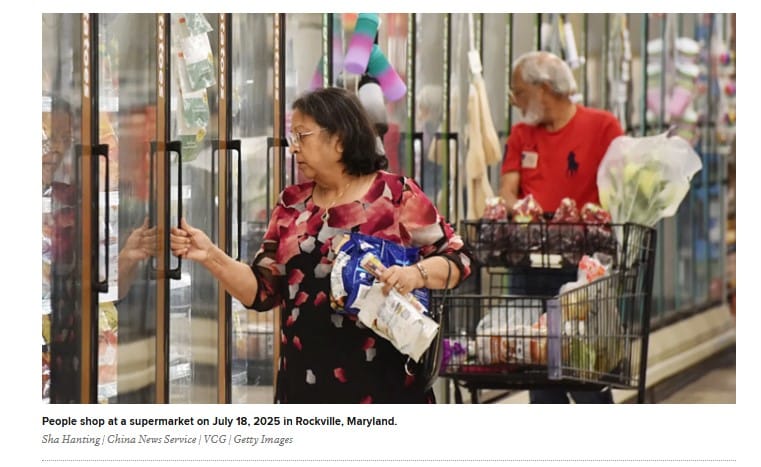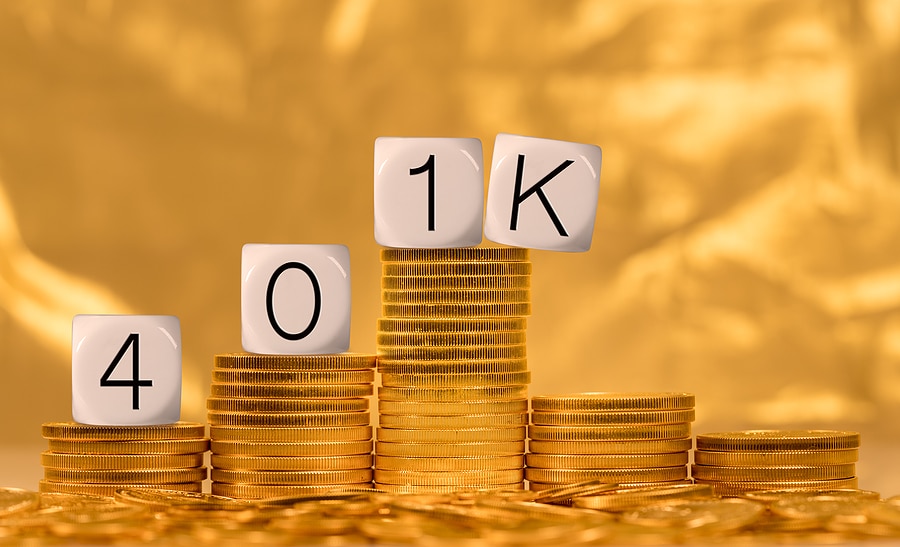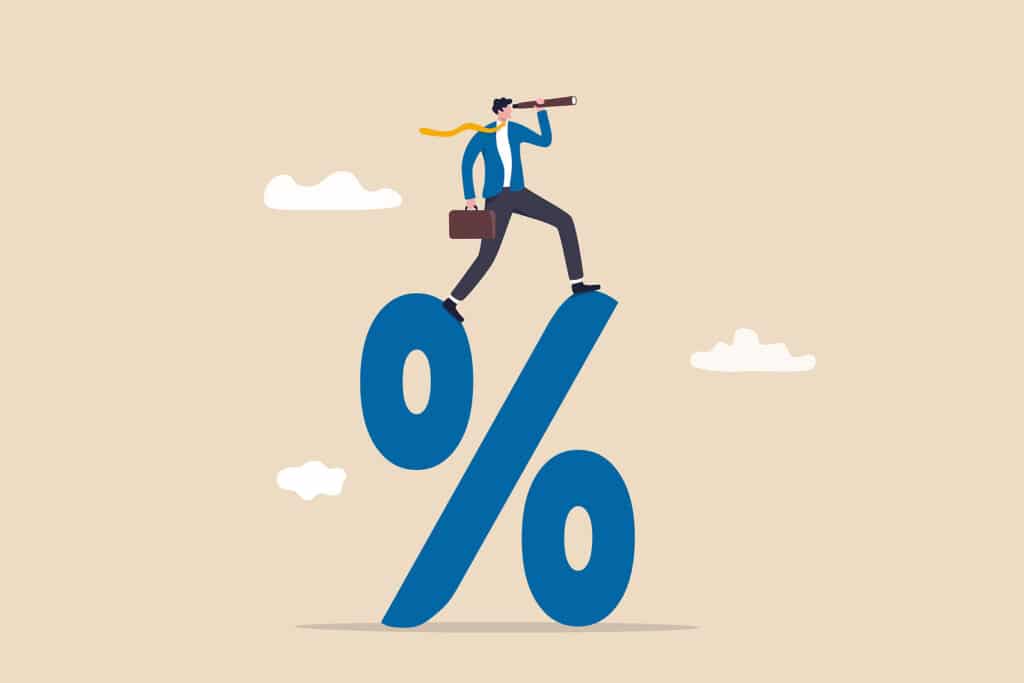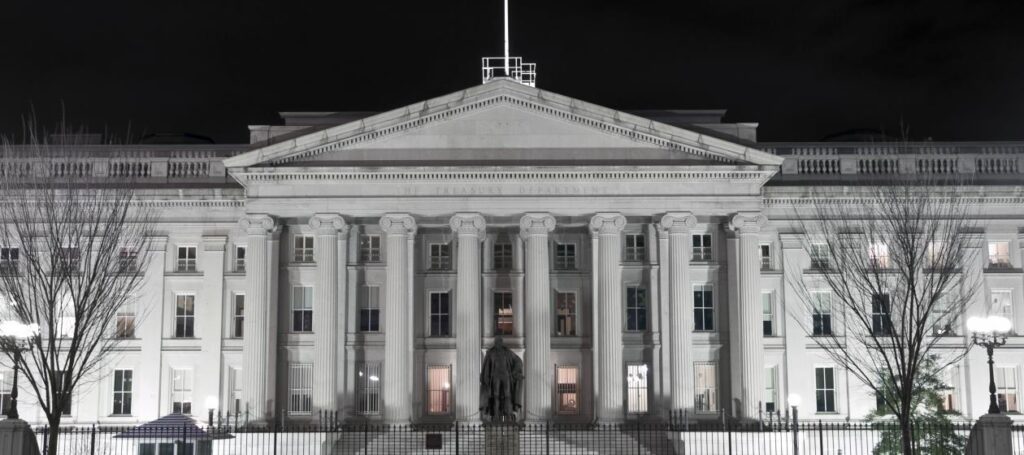
The U.S. economy is headed into a period of noticeably slower growth thanks to the tariff impact on inflation and, by consequence, consumer spending, according to Goldman Sachs.
Economists at the Wall Street firm expect gross domestic product to rise at just a 1.1% annual pace through 2025 “as the growing real income drag from tariff-related price increases offsets the boost from easier financial conditions,” Goldman’s chief economist, Jan Hatzius, said in a note to clients.
“Even a one-time price increase will eat into real income, at a time when consumer spending trends already look shaky,” Hatzius said. Though retail sales numbers recently have been solid, the Goldman economist expects that spending on balance stagnated for the first six months, which “rarely happens outside of recession.”
GDP fell at a 0.5% annualized pace in the first quarter, with consumer spending up just 0.5%.
The call for lowered growth comes at an uncertain juncture for the economy, with hiring slowing but still positive, consumer sentiment on the rebound from earlier lows and inflation relatively in check though still above the Federal Reserve’s 2% goal.
However, the biggest wild card is President Donald Trump’s tariffs, with Goldman gaming out multiple scenarios depending on how negotiations progress.
In the most likely case, Hatzius said so-called reciprocal tariffs likely will hit an effective rate of 15%, up from the previous forecast of 10%, taking the average effective tariff rate up 14 percentage points this year and another 3 percentage points in 2026.
As a result, Goldman sees inflation as measured by the Fed’s preferred personal consumption expenditures price index to hit 3.3% for 2025, falling to 2.7% next year and 2.4% in 2027.
Those assumptions help put the firm’s projected recession risk at 30%, about double the normal level.
From the Fed’s perspective, Goldman expects policymakers to continue their wait-and-see approach if larger tariffs come into place. At the same time, the threat to employment and supply chains from larger-than-expected tariffs “would likely warrant more aggressive rate cuts than we currently expect,” Goldman economists said in a separate note.
To be sure, some indicators are showing the economy is still solid.
Consumer sentiment as measured by the University of Michigan is off the lows it hit around the time Trump first announced his tariffs on April 2. Similarly, inflation fears have fallen back to levels seen before that “liberation day” announcement.
The Atlanta Fed’s tracking model for GDP is putting second-quarter growth at an annual rate of 2.4%.
Read the full article HERE.


